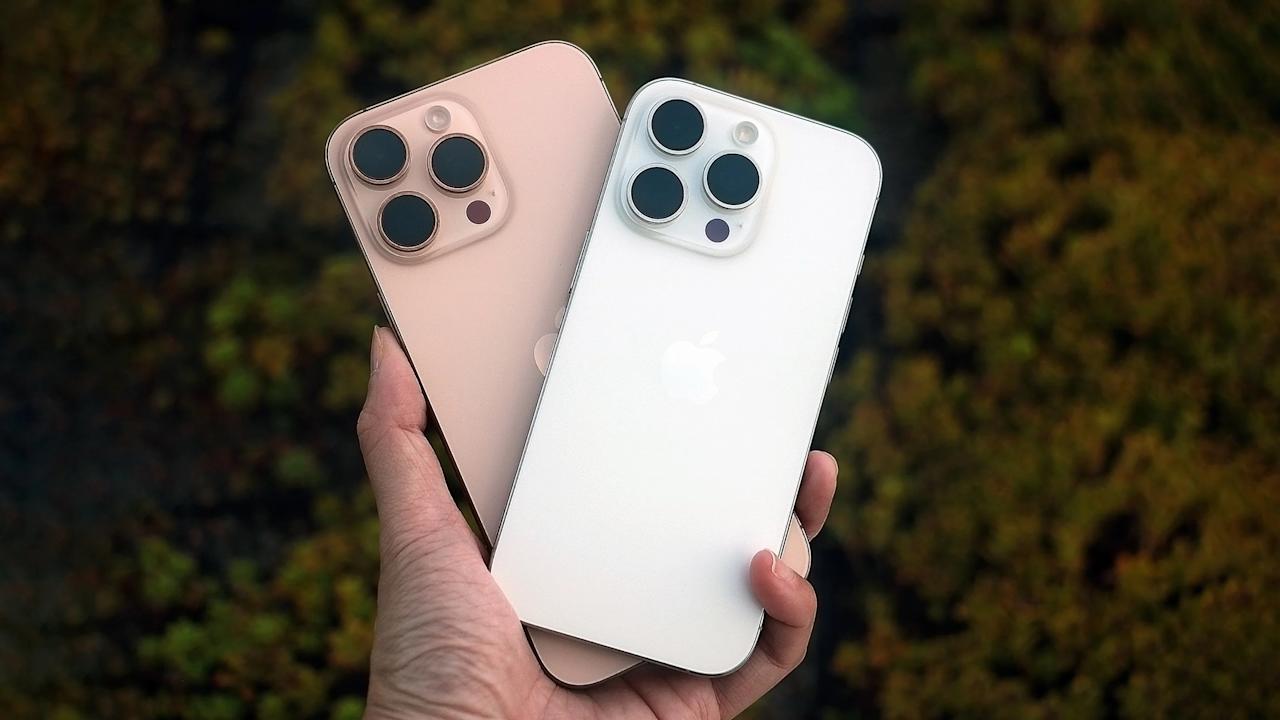
If you are diving into the world of Fusion 360, the right laptop can make a significant difference in your experience. Fusion 360 demands a balance of power across various components, with a primary focus on the processor’s single-core speed. In this comprehensive guide, we’ll break down the essential hardware considerations to help you find the best laptop for your Fusion 360 needs.
Processor: The Heart of Fusion 360 Performance
Fusion 360 heavily relies on single-core performance for tasks like 3D modeling, rendering, assembly, and simulations. Look for a processor with a clock speed of at least 3.1 GHz, prioritizing faster single-core performance. While multicore processors are beneficial, a minimum of 6 cores is recommended. Avoid excessive cores beyond 12, as the returns diminish in relation to the investment. Fusion 360 also works well with Mac chips, where processor speed remains a critical factor.
Consider the CPU architecture; newer architectures with slower clock speeds may outperform older CPUs with higher single-core speeds. Aim for a processor with overclocking capabilities for optimal performance. Check for K or X suffixes in Intel CPU names, indicating support for overclocking.
Memory: RAM Matters
For smooth Fusion 360 performance, opt for at least 16 GB of RAM, with a preference for higher speeds. While 32 GB is generally sufficient, ensure your laptop has additional slots for future upgrades. DDR4 or DDR5 RAM sticks with a minimum transfer rate of 3200 MHz are recommended.
Graphics Card (GPU): A Decent Dedicated GPU
While Fusion 360 leans on CPU performance, a decent dedicated GPU enhances rendering and simulations. Aim for a graphics card with a minimum of 4 GB VRAM, compatible with DirectX11 or higher. No need to splurge on the latest high-end GPUs, as the impact on performance is marginal.
Storage: SSDs for Speed
Avoid hard disks and prioritize laptops with SSDs. The performance boost from an SSD is significant, and PCIe M.2 NVMe SSDs are preferred over SATA for faster data transfer rates. Opt for at least 256 GB of SSD space for the operating system and Fusion 360, but consider 512 GB or 1 TB for future-proofing.
Operating System: Windows or MacOS
Fusion 360 supports both Windows (10, 11) and MacOS (11 Big Sur, 12 Monterey, 13 Ventura). Ensure you choose a 64-bit operating system, as Fusion 360 doesn’t work with 32-bit systems.
Recommended Laptops for Fusion 360
Now, based on these hardware recommendations, here’s a curated list of the 10 best laptops for Fusion 360:
- HP Victus 15.6″ Gaming Laptop
-
- Processor: AMD Ryzen 7 5800H, featuring 8 cores with a clock speed of 4.4 GHz.
- Memory: 16 GB DDR4-3200 MHz
- Storage: 512 GB M.2 NVMe PCIe SSD
- Graphics: NVIDIA GeForce RTX 3050, 4 GB
- Operating System: Windows 11
- MSI Thin GF65
-
- Processor: Intel Core i7-10750H, 6 cores, 5 GHz
- Memory: 16 GB DDR4-3200 MHz
- Storage: 512 GB PCIe NVMe SSD
- Graphics: NVIDIA GeForce RTX 3060, 6 GB
- Operating System: Windows 10 Home
- Acer Predator Helios 16 Gaming Laptop
-
- Processor: 13th Gen Intel Core i7-13700HX, 16 cores, 5 GHz
- Memory: 16 GB DDR5-4800 MHz
- Storage: 1 TB PCIe NVMe SSD
- Graphics: NVIDIA GeForce RTX 4060, 8 GB
- Operating System: Windows 11 Home
- Apple 2023 MacBook Pro
-
- Processor: M2 Pro chip, 12 cores, 3.49 GHz
- Memory: 16 GB RAM
- Storage: 512 GB SSD
- Graphics: Integrated 19-core GPU
- Operating System: MacOS 12 Monterey
- MSI Raider GE77HX
-
- Processor: Intel Core i7-12800HX, 16 cores, 4.80 GHz
- Memory: 16 GB DDR5-4800 MHz
- Storage: A 1 terabyte M.2 NVMe PCIe 3.0 Solid State Drive (SSD).
- Graphics: RTX3080TI with 12 GB GDDR6
- Operating System: Windows 11
- Dell G16 7620 Gaming Laptop
-
- Processor: Intel Core i9-12900H, 14 cores, 5 GHz
- Memory: 32 GB DDR5-4800 MHz
- Storage: 1 TB M.2 NVMe PCIe SSD
- Graphics: NVIDIA GeForce RTX3070Ti, 8 GB
- Operating System: Windows 11 Home
- ASUS TUF Dash 15
-
- Processor: Intel Core i7-12650H, 10 cores, 4.7 GHz
- Memory: 16 GB DDR5-4800 MHz
- Storage: 512 GB M.2 NVMe PCIe SSD
- Graphics: NVIDIA GeForce RTX 3060, 6 GB
- Operating System: Windows 11 Home
- Alienware M15 R6
-
- Processor: AMD Ryzen 7 5800H, featuring 8 cores with a clock speed of 4.4 GHz.
- Memory: 32 GB DDR4-3200 MHz
- Storage: 1 TB M.2 NVMe PCIe SSD
- Graphics: NVIDIA RTX 3070, 8 GB
- Operating System: Windows 11 Home
- Lenovo Legion 5 Pro 16ACH6H
-
- Processor: AMD Ryzen 7 5800H, 8 cores, 4.4 GHz
- Memory: 16 GB DDR4-3200 MHz
- Storage: 1 TB M.2 NVMe PCIe SSD
- Graphics: NVIDIA GeForce RTX 3070, 8 GB
- Operating System: Windows 11 Home
- ASUS ROG Strix G16
-
- Processor: Intel Core i9-13980HX, 24 cores, 5.6 GHz
- Memory: 16 GB DDR5-4800 MHz
- Storage: 1 TB M.2 NVMe PCIe
- Graphics: NVIDIA GeForce RTX 4070, 12 GB
- Operating System: Windows 11 Home
Frequently Asked Questions
What are the minimum system requirements for running Fusion 360?
Fusion 360’s minimum system requirements include a 64-bit Intel or AMD processor with at least 4 cores, 4 GB RAM (16 GB recommended), SSD storage, a display with a minimum resolution of 1366 x 768, and a 64-bit Windows 10 or 11, or Mac 11 Big Sur, 12 Monterey, or 13 Ventura operating system.
Which laptop is optimal for running Fusion 360?
For optimal performance, the Asus ROG Strix G16 stands out as the best choice, offering top-tier hardware specifications at a reasonable price. If budget is a concern, the Asus TUF Dash 15 provides the best balance in the moderate budget segment.
Are gaming laptops good for Fusion 360?
Yes, gaming laptops are generally suitable for Fusion 360, given their focus on fast CPUs. While high-end graphics may not be fully utilized by Fusion 360, the robust CPU performance aligns well with the software’s requirements.
Should I select more cores or a higher clock speed in a processor for Fusion 360?
Fusion 360 prioritizes faster single-core performance. While a higher clock speed is crucial, multi-core processors are beneficial for handling parallel tasks, reducing overall workload on the single performance core.
conclusion
choosing the best laptop for Fusion 360 depends on your specific workflow and budget. Consider the recommended hardware configurations and select a laptop that aligns with your Fusion 360 requirements.







